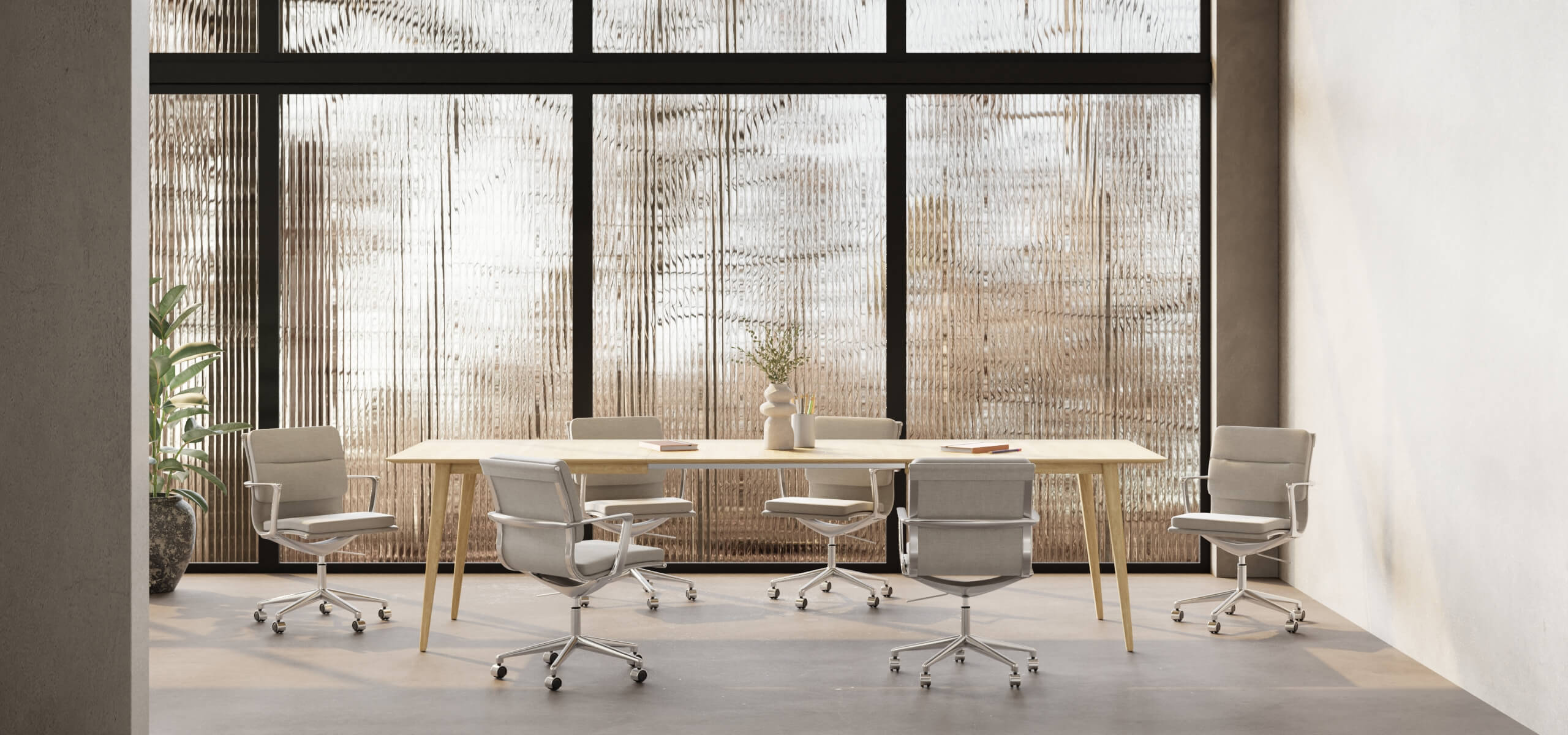
The modern workplace is evolving rapidly, driven by technological advancement, hybrid work models, and a stronger focus on employee wellness. Office furniture trends for 2025 reflect a shift towards sustainable materials, modular functionality, and a human-centered design approach. This article explores the most current and impactful trends shaping modern office environments and pays special attention to the materials used in office chairs - a key component of any workspace.
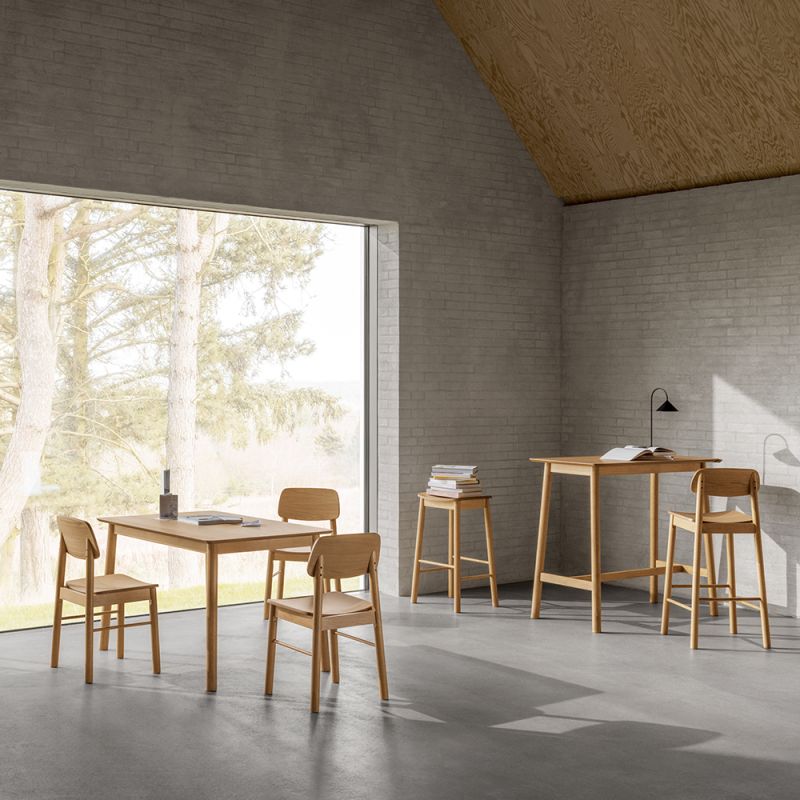

1. Sustainability Takes Center Stage
As the modern workplace becomes more attuned to environmental responsibility, sustainability is emerging as a defining principle in office furniture design - especially in high-use elements like office chairs. In 2025, sustainability isn't just a corporate talking point; it’s a driving force behind purchasing decisions and product development. Companies outfitting their hybrid or collaborative workspaces are prioritizing furniture that aligns with broader ESG goals. This means selecting products made from post-consumer recycled plastics, sustainably harvested wood, and upholstery fabrics derived from renewable or biodegradable sources. Office chairs, in particular, are being reimagined with recyclable aluminum frames, water-based adhesives, and eco-fabrics that reduce environmental impact without compromising comfort or style. These choices reflect a broader industry movement that sees sustainable materials not as compromises, but as markers of modernity and innovation.
2. Modular & Flexible Furniture Solutions
As hybrid work arrangements continue to shape the future of office environments, businesses are increasingly seeking furniture solutions that offer adaptability. Modular furniture systems are designed to be easily reconfigured, allowing offices to transition between different layouts and functions with minimal effort. Whether accommodating in-person collaboration, video conferencing zones, or individual focus areas, modular desks, partitions, and seating can be moved or adjusted to support evolving team dynamics. This flexibility enables businesses to optimize space usage and stay agile in response to changing work styles.
Moreover, scalable furniture formats allow organizations to expand or downsize without investing in entirely new setups. Components such as stackable storage units, mobile pedestals, and sectional seating can be added or removed based on the needs of the day. This approach also supports sustainability by reducing waste and encouraging long-term use. Ultimately, modular and flexible furniture helps organizations remain resilient, efficient, and employee-friendly in a fluid work environment.
3. Wellness-First Designs
A growing focus on employee well-being has brought wellness-centric furniture design to the forefront. Modern ergonomic innovations are integrated into every aspect of office furnishings, aiming to reduce physical strain and enhance comfort. Chairs are now tailored with lumbar support, adjustable armrests, and breathable materials, while desks are built to accommodate sit-stand functionality, promoting regular movement throughout the day. These features are no longer considered luxury upgrades - they're integral to the furniture itself.
Beyond ergonomics, wellness-first designs reflect a holistic approach to workplace health. Accessories like footrests, anti-fatigue mats, and active seating options such as balance stools encourage better circulation and posture. These improvements not only reduce musculoskeletal issues but also help employees feel more energized and focused. With health-conscious furniture, companies demonstrate their commitment to creating supportive and safe workspaces that prioritize both physical and mental wellness.


4. The Rise of Resimercial Style
Resimercial design is transforming office spaces by blending the comfort of home with the professionalism of a workplace. This style emphasizes warmth, softness, and a more human-centric aesthetic, moving away from sterile corporate settings. Key elements include plush lounge seating, textured fabrics, and decorative accents like area rugs and artwork that evoke a cozy, inviting atmosphere. Offices adopting this trend often incorporate ambient lighting and natural color palettes to further enhance relaxation and ease.
This design philosophy acknowledges the evolving role of the office as a space for collaboration, creativity, and community. By fostering a sense of familiarity and comfort, resimercial interiors help employees feel more at ease, which can boost morale and productivity. These environments are particularly well-suited for creative industries or team-centric spaces where informal interaction is key. As the boundaries between home and work continue to blur, resimercial style bridges the gap by bringing warmth and personality into the workplace.
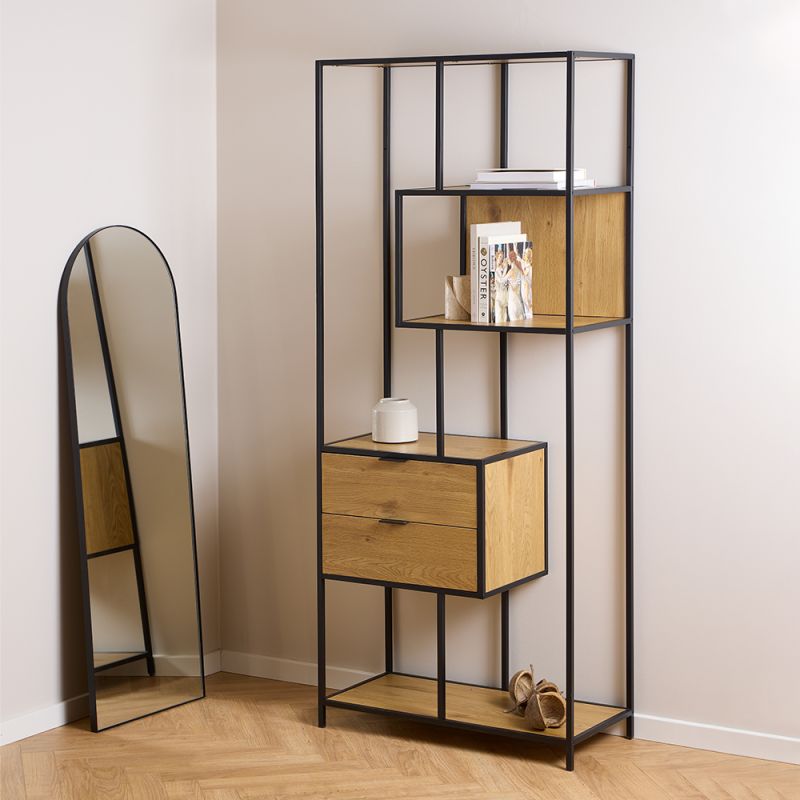

5. Biophilic Elements in Workspaces
Biophilic design, rooted in our innate connection to nature, continues to shape the modern office in meaningful ways. In 2025, this trend has evolved beyond simple decoration to serve functional and wellness-driven purposes. Living walls, indoor plants, and water features are now common inclusions that improve air quality and create calming visual focal points. Offices are increasingly incorporating natural materials like reclaimed wood, stone, and bamboo to evoke a sense of tranquility and authenticity.
6. Compact & Space-Saving Designs
With rising urban real estate costs and a shift toward smaller office footprints, space-saving furniture has become essential. Compact designs are engineered to maximize utility while occupying minimal square footage. For example, desks with integrated storage compartments eliminate the need for separate filing cabinets, while foldable meeting tables and stackable chairs can be easily stowed when not in use. These solutions ensure that even the smallest spaces can accommodate dynamic work functions.
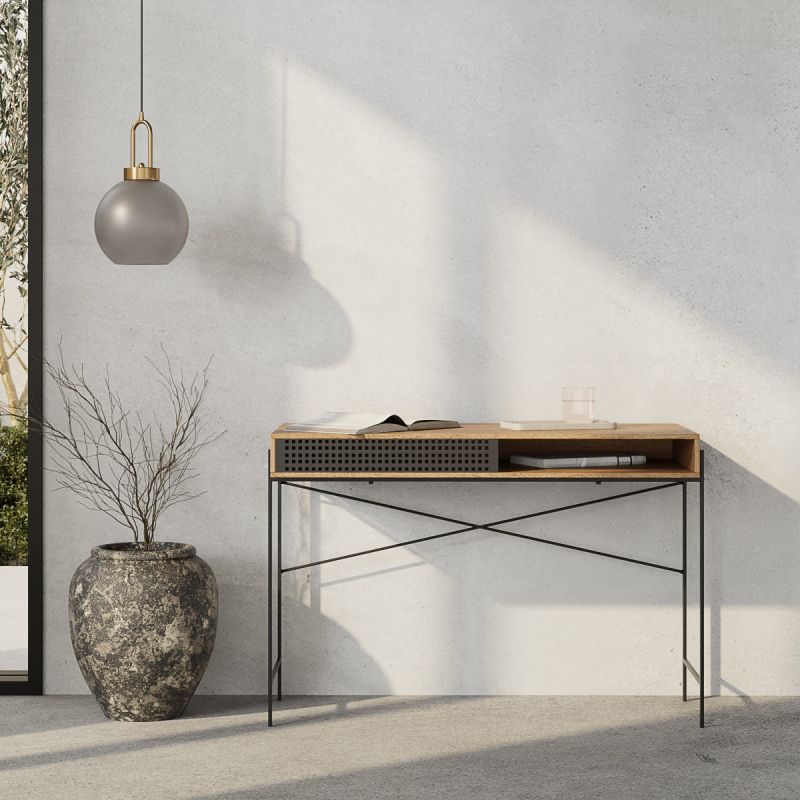

7. Office Chair Innovations & Material Trends
Office chairs continue to evolve in 2025, focusing on both ergonomics and aesthetics. The choice of material plays a vital role in comfort, durability, and visual appeal. Here’s a breakdown of the most popular options:
Fabric Office Chairs
Fabric chairs are known for their breathability and comfort. In 2025, recycled polyester blends and performance fabrics that resist stains and wear are leading the market. With advanced textile engineering, many fabrics now offer anti-microbial properties and increased durability, making them ideal for shared office environments. Explore our fabric office chairs →
Leather Office Chairs
Leather remains a symbol of executive style. Modern office leather chairs use sustainably-sourced leather and are often combined with ergonomic features like adjustable lumbar support and headrests. While more expensive, real leather is prized for its longevity and classic appeal. Explore our leather office chairs →
PU-Leather Office Chairs
PU-leather, or synthetic leather, is a cost-effective alternative that has improved significantly in recent years. High-grade PU options now mimic the look and feel of genuine leather while offering easier maintenance and better resistance to spills and scratches. Many PU-leather chairs also meet modern sustainability standards by avoiding harmful chemicals in production. Explore our PU-leather chairs →
8. Collaborative Workspaces
As the nature of work becomes more dynamic and team-oriented, collaborative workspaces are gaining momentum. These environments are designed to facilitate communication, creativity, and fluid collaboration among team members. Key features include mobile whiteboards, modular seating arrangements, and movable partitions that allow teams to quickly shift between brainstorming, focused work, and presentations. These tools empower employees to shape their work settings according to the task at hand, promoting a sense of ownership and adaptability in the workplace.
The emphasis on agile workflows has driven demand for furniture that supports spontaneous interaction and flexibility. Collaborative desk pods, communal tables, and rolling storage units make it easy to reconfigure spaces without logistical challenges. Such furniture encourages impromptu meetings and cross-functional teamwork, fostering a culture of innovation and shared problem-solving. By eliminating rigid layouts, collaborative workspaces align with the fast-paced, iterative nature of modern projects and support the evolving dynamics of hybrid and in-person teams alike.
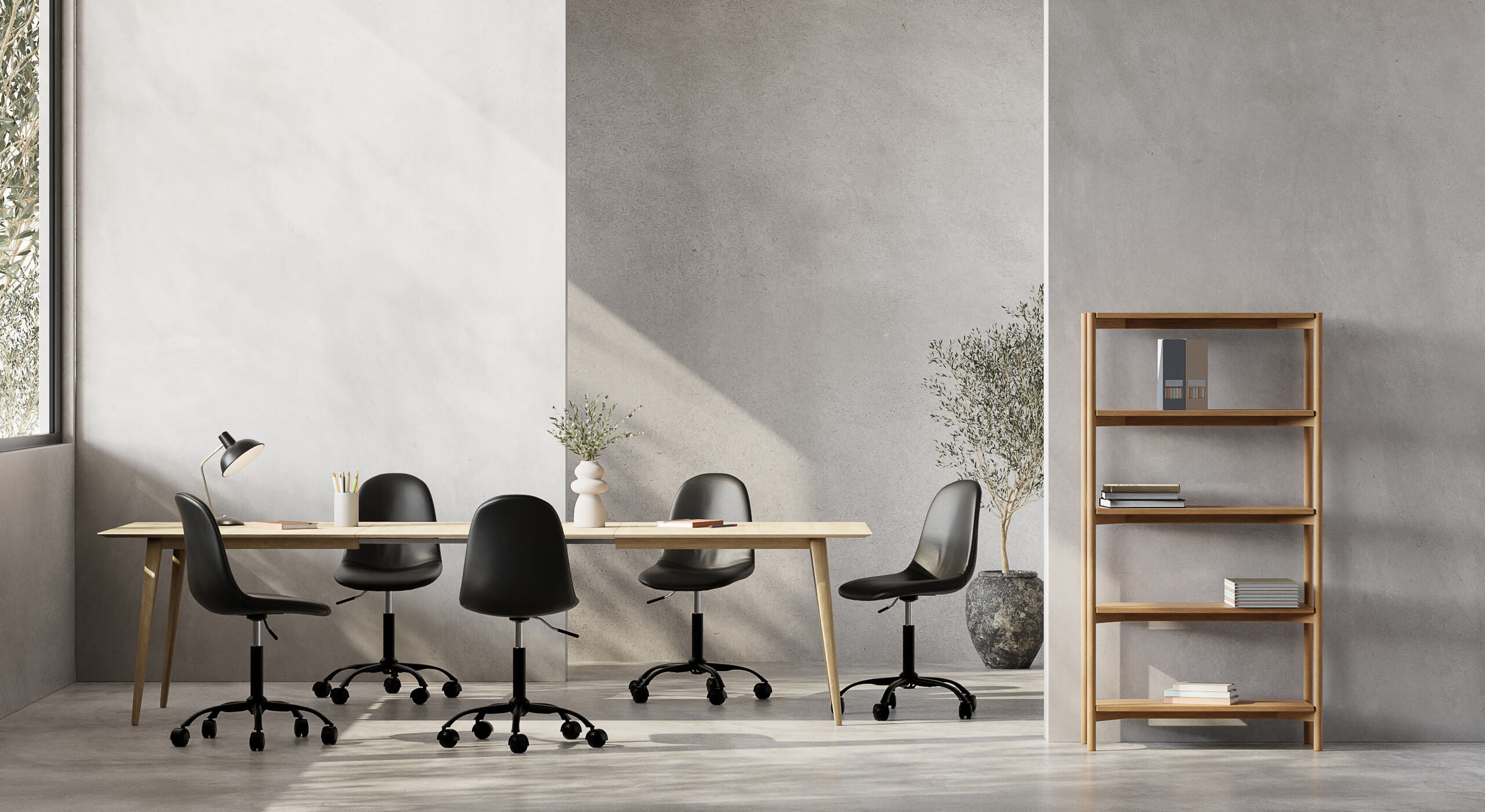

9. Minimalism Meets Functionality
The minimalist design philosophy continues to influence office interiors in 2025, emphasizing simplicity without sacrificing performance. Workspaces are increasingly adopting a “less is more” approach - favoring clean lines, subdued palettes, and thoughtfully curated furnishings. Neutral tones such as white, beige, and gray dominate the color schemes, often accented with subtle pops of color for visual interest. This aesthetic not only creates a calming environment but also reduces visual distractions, helping employees maintain focus.
Importantly, minimalism in the modern office is paired with high functionality. Furniture pieces are designed with concealed storage, integrated cable management, and multi-use components that contribute to a clutter-free environment. Desks with built-in drawers, wall-mounted shelving, and minimalist lighting fixtures blend seamlessly into the space, maximizing usability without crowding it. This blend of aesthetics and practicality reflects a mature design ethos that values clarity, efficiency, and intentionality in the workplace.
Shaping the Future of Workspaces
The modern office in 2025 is no longer just a place to work - it's a dynamic, adaptive environment designed to support employee well-being, collaboration, and organizational agility. From the integration of sustainable materials in office chairs to the rise of modular layouts, biophilic design, and resimercial aesthetics, every trend reflects a broader shift toward creating workspaces that are both functional and human-centric. Companies are moving beyond one-size-fits-all solutions, embracing design strategies that accommodate hybrid work, prioritize wellness, and enhance overall productivity.
By aligning with these emerging trends, businesses can future-proof their offices while also reinforcing their values - whether that means reducing environmental impact, promoting mental and physical health, or fostering creativity through collaborative spaces. As furniture becomes more flexible, ergonomic, and intelligent in design, the office evolves into a strategic asset that not only attracts talent but empowers people to do their best work. In 2025, designing the right workspace is not just about style - it's about creating an environment that supports success in every sense.
FAQs
1. What is the most eco-friendly office chair material in 2025?
Recycled and performance fabrics with low environmental impact are considered among the most eco-friendly materials.
2. Is PU-leather a good option for office chairs?
Yes, especially in 2025 where high-quality PU-leather offers a durable, stylish, and more sustainable alternative to genuine leather.
3. How important is ergonomic adjustability in modern office furniture?
It is critical. Adjustable features enhance user comfort, reduce strain, and increase productivity, making them essential.
4. What are the benefits of modular office furniture?
Modular furniture provides flexibility, easy scalability, and cost-effective customization for evolving workspace needs.
5. How can I incorporate biophilic design in my office?
Include natural elements like plants, wood finishes, water features, and access to natural light to create a biophilic workspace.
 9000+ TRUSTPILOT REVIEWS
9000+ TRUSTPILOT REVIEWS


 EN
EN DE
DE FR
FR NL
NL DK
DK SE
SE